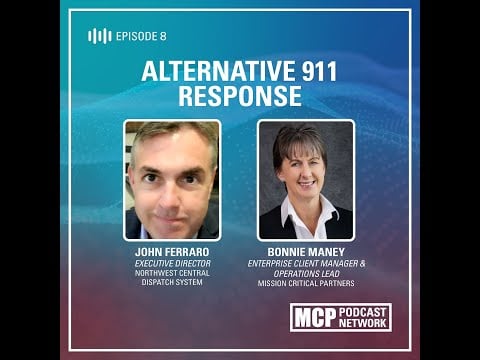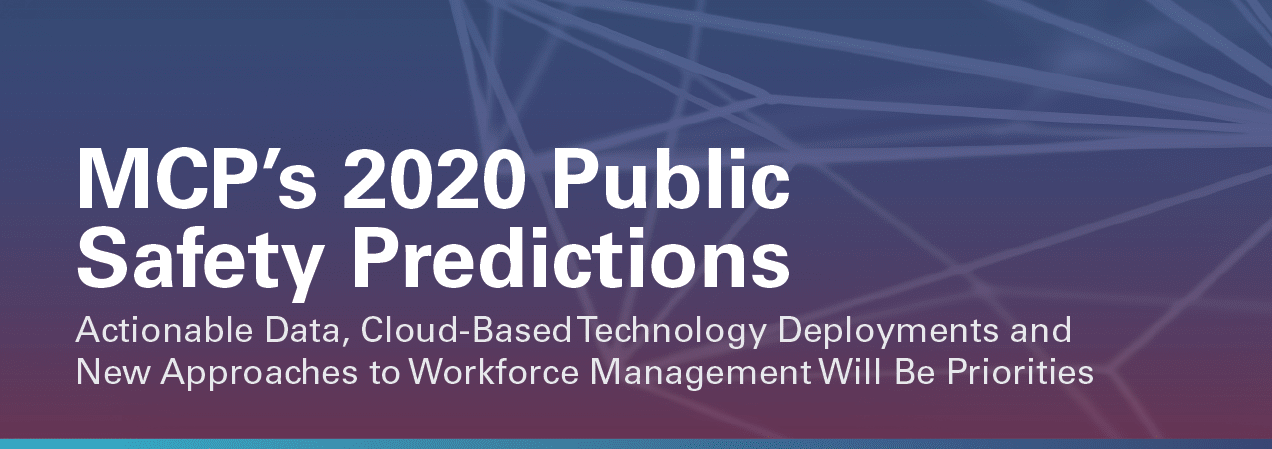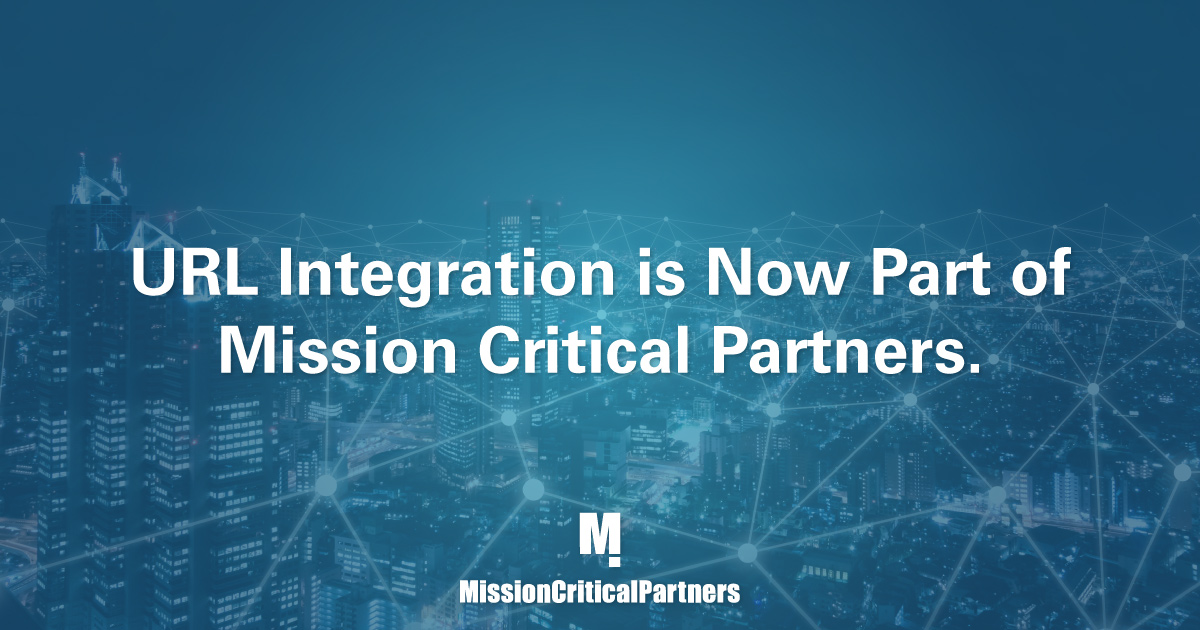Telecommunicators Week Is Great, But It’s Only a Start
As a former 911 telecommunicator, this week, National Public Safety Telecommunicators Week, always has been special to me. Though I recently transitioned from a role inside an emergency communications center (ECC), 911 services always will hold a big place in my heart. Since 911 service in the United States first was instituted in 1968, telecommunicators generally have labored behind the curtain and this week provides them with well-deserved visibility, which also is much needed.














